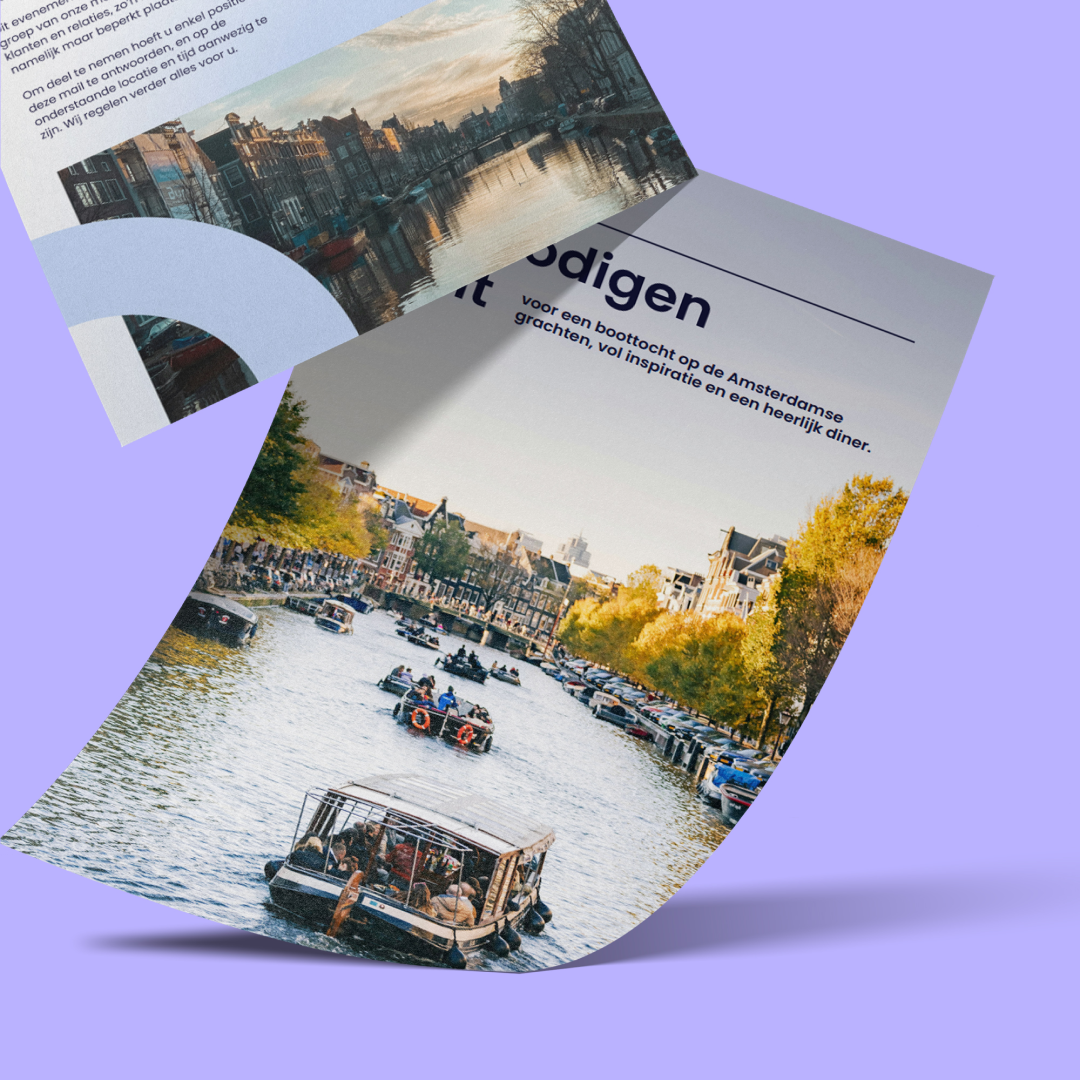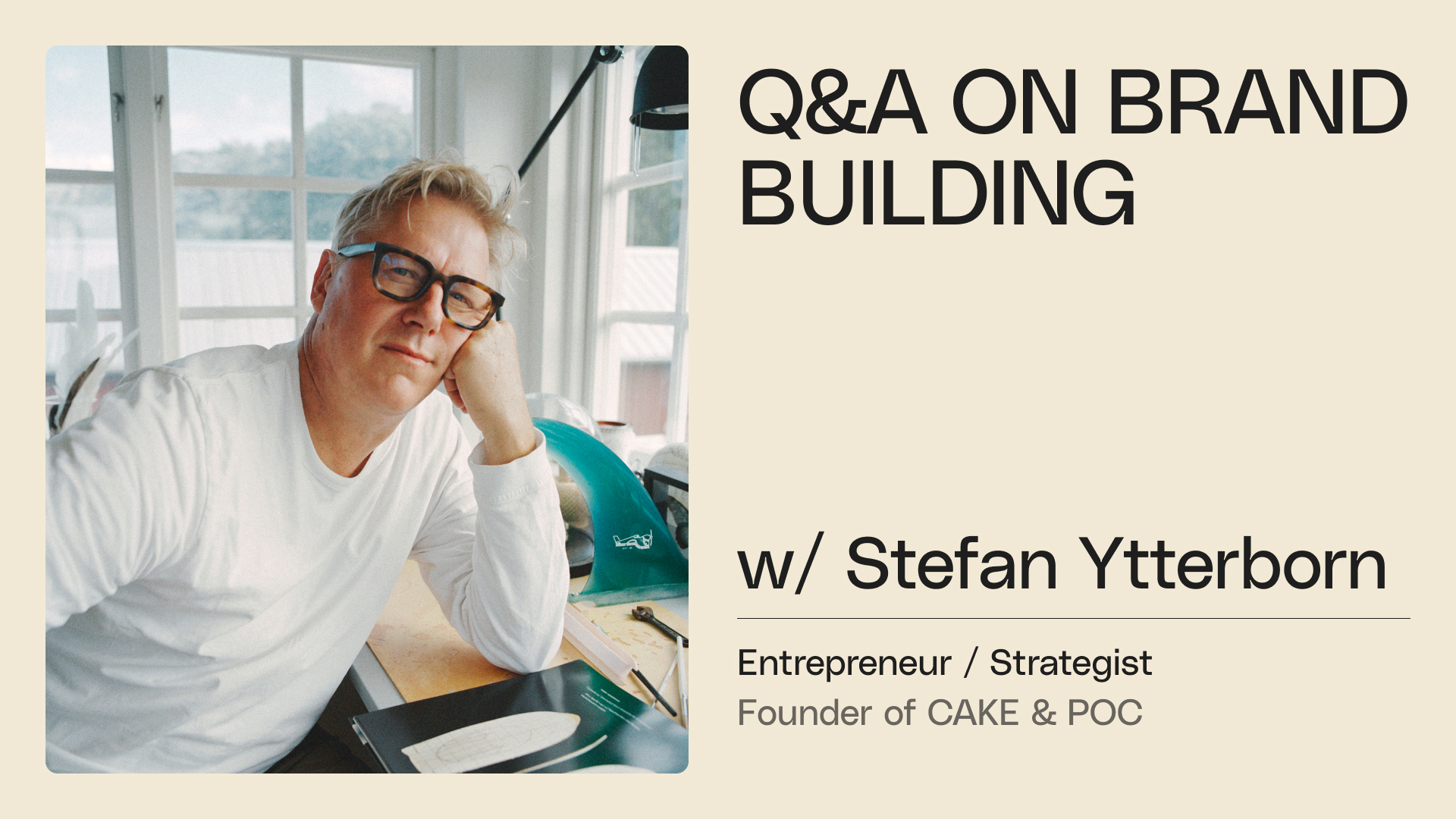
Klingit has delivered websites to hundreds of companies in different industries at varying levels of complexity. Among those requiring websites, the competence of the actual ordering varies. Many suppliers are experienced in selling expensive solutions and functionality at high costs, which often leads to projects costing far more than they need to. Below we go through what to think about and provide a simple overview of how to implement a web project.
What does your business actually need?
Many companies think their website looks unattractive or outdated, which is why they want a new one. In these cases, the graphic profile often needs to be updated and modernized. Updating a graphic profile on a website is a less technical job that can be completed advantageously by the existing supplier. On the other hand, ordering a new graphic profile needs to be supplemented by a new web design. During this process, functional changes may appear that create more work – but the design work is the highest cost here, provided that functional changes do not occur.
Functionality Levels
A startup company that wants to inform customers they exist—or will exist—can choose to build a website in, for example, Squarespace or WIX. These are providers of limited but functional, straightforward websites based on template libraries. Here it is possible to implement a web design, but there are limitations to what can be achieved. For example, if you use a supplier to set up a page with a maximum of five sub-pages without advanced functionality, the cost should rarely exceed £1,600 ex VAT.
If you choose one of the above providers, you will soon notice some limitations and features that cost a lot of money to add. The price structure is a monthly subscription, which is not particularly cost-effective in the long term. In addition, most people want the site to be optimized for visibility on, for example, Google, which is easier in a more customized layout. However, it is often an excellent solution for a startup with few functional requirements.
WordPress
The next step is to look at one of the ready-made website frameworks available. Of these, WordPress is the largest. It is estimated that around 40% of all websites worldwide are based on WordPress. There are many reasons for this, but one big advantage is that the technology has been in use for a long time. Based on open-source code makes it cheap and easy to find skilled personnel to develop and manage the website, update it with content, and manage the CMS (Content Management System).
You can effectively use a supplier that has ready-made modules and does not have to reinvent the wheel every time, making the website cheaper and usually covering any requirements. The starting point for this in WordPress is a template you can adapt for the specific company. For example, Klingit has developed three such frameworks, allowing us to offer relatively advanced websites at a significantly lower cost to our customers.
WordPress was criticized for a long time, and during recent years there was a movement away from it to several competing systems, for example, Umbraco and Drupal. However, since then, many have discovered that the grass is not greener on the other side. After all, developing within a niche system is expensive and takes time, as you need skilled and competent developers to do so.
WordPress has also improved significantly, leading many people to go back to WordPress-based solutions and build parts of the site via their CRM system. For example, with Hubspot, you can create landing pages with certain functionality via an editor solution. This, however, can become quite expensive and is better suited for a larger company.

How about websites for e-commerce?
A page that manages product libraries, business relationships, deliveries, and payments is more complex than a standard informative website, which means the cost of setting one up is higher. However, there are reasonable options for those who want to start on a smaller scale. Shopify, for example, is a Canadian company providing ready-made e-commerce solutions, including most of the functionality that an e-merchant initially needs. The arrangement is the same as with the suppliers above, which means over time, it becomes more expensive, and there are functional limitations for a growing company.
An alternative to Shopify is the WordPress e-commerce framework Woocommerce, which, unlike Shopify, is based on the same open-source code that underpins WordPress. Here you have to invest a little more initially, but you get opportunities to adapt the website more over time without it entailing significant cost increases.
What is headless?
Next-generation websites are based on something called headless, which basically “decouples” the CMS from the front-end code. This creates the conditions to build an application with the latest technology, code languages , and server adaptations. The most common frameworks are node.js, React, and Vue, which have underlying frameworks to improve development and adapt the application for its operation. Headless websites also enable seamless connections between business systems and platforms. This is becoming progressively important as system development becomes increasingly specialized and needs to build on an increased number of integrations with other systems.
That said, expertise in these development languages can be harder to find and are more expensive and time-consuming. Even server costs, maintenance, and further development may become more difficult to access.
Klingit.com is a headless site that is built in Next.js and uses WordPress as CMS. The platform is built in Vue.js.











